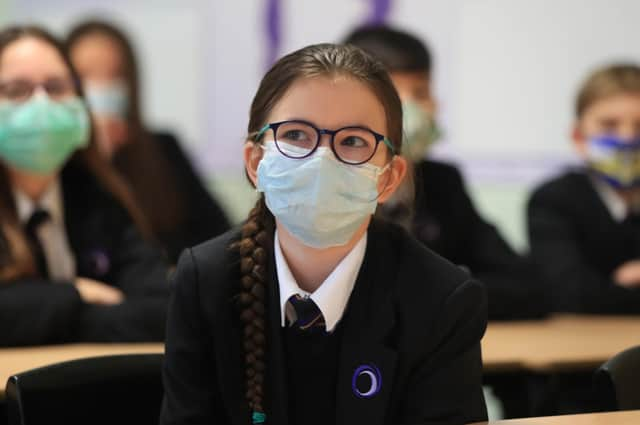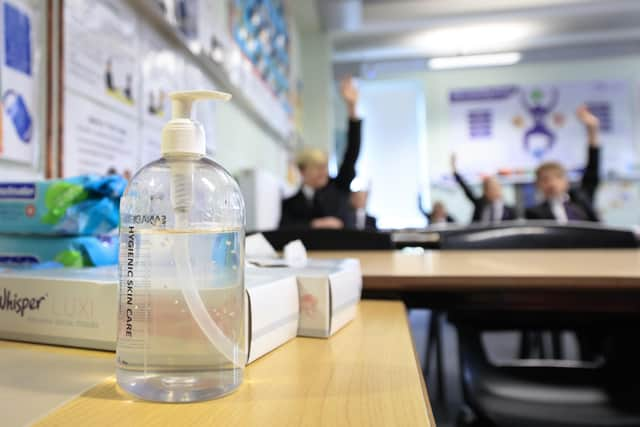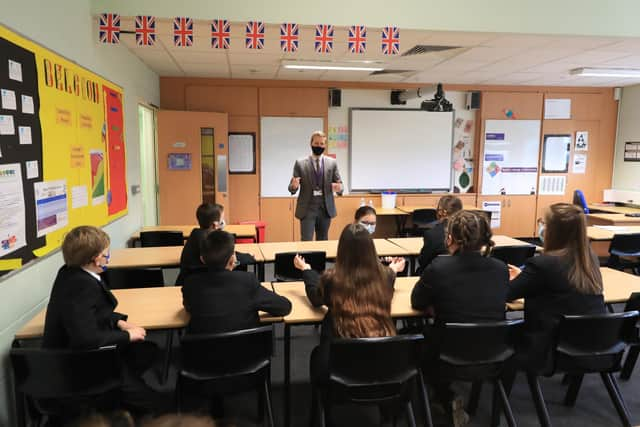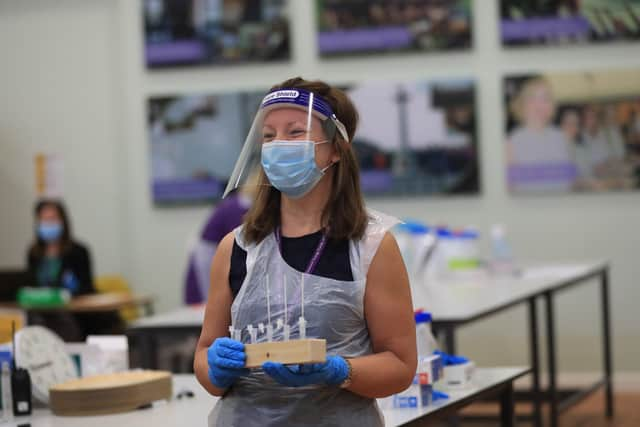Five lessons for schools if levelling up to succeed – Luke Sibieta


As we argue in our new Institute for Fiscal Studies (IFS) annual report on education spending, the pattern of these changes is likely to make it more difficult to achieve the Government’s ambition of levelling up poorer areas of the country.
How do spending priorities need to change in order for the Government to stand a better chance of delivering on this worthy goal?
Advertisement
Hide AdAdvertisement
Hide AdTreating education spending more like investment spending: First, it’s important to be clear on the scale of the reductions. Education spending fell by eight per cent after inflation in the decade after 2010. This includes a nine per cent cut in school spending per pupil in England, falls in the hourly funding rate for nurseries and larger cuts for colleges and sixth forms.


These cuts are effectively without precedent in post-war history and stand in stark contrast to the continual growth in health spending over time. In the early 1990s, health and education spending both represented about 4.5 per cent of national income.
Education spending remains close to this level, whilst health spending has increased to over seven per cent of national income. This partly reflects the costs of ageing society, but also policy and spending choices by successive governments. It may also reflect the more immediate and pressing needs in healthcare, whilst the benefits of education are felt decades later. As such, it might be sensible to treat education spending more like investment spending.
More targeted funding: The cuts over the past decade have also been larger for schools serving more disadvantaged areas, and the amount of money directed at disadvantage is notably lower in colleges and sixth forms.
Advertisement
Hide AdAdvertisement
Hide AdThis will make it harder for schools to narrow educational inequalities, which were gaping before the pandemic and have probably got wider. There is also strong evidence showing extra resources are more effective for children from disadvantaged backgrounds.


Therefore, there is a strong case for putting a greater focus on disadvantage in the National Funding Formula for schools and increasing the Pupil Premium at least in line with inflation.
There is also evidence that educational inequalities are wider for those experiencing sustained or permanent levels of disadvantage. There may therefore be a strong case for targeting further funding for pupils who are eligible for free school meals year in, year out.
Prioritising technical education: Spending cuts have been even larger for colleges and sixth forms over the last decade. Even with additional funding from the recent spending review, college spending per pupil aged 16-18 in 2024 will still be around 10 per cent below 2010 levels, while school sixth form spending per pupil will be a whopping 23 per cent below 2010 levels.
Advertisement
Hide AdAdvertisement
Hide AdThere was also additional funding for adult education and apprenticeships in the recent spending review. However, because of the sheer scale of the cuts to this area over the last decade, spending in 2024 will still be one-third lower than 2010. The Government has placed a high emphasis on the role that technical education can play in its ambitious levelling up agenda, but this will be difficult for colleges, sixth forms and other providers to achieve with less funding than 14 years ago.


Putting support for vulnerable children on a sustainable footing: For a growing number of years, there have been acute pressures on mental health services, children’s services and the system of support for children with special education needs and disabilities.
These are some of the most vulnerable children in society and it is incredibly hard for schools to address their educational needs, whilst other needs are not met. Schools often step in to fill these gaps, almost like a new default provider of social welfare for children.
However, such services need to be placed on a sustainable footing, with clear roles and responsibilities. If schools are to formally take over these roles, they need to be resourced and staffed to do so. If they are to remain separate to schools, then there should be appropriate support in place.
Advertisement
Hide AdAdvertisement
Hide AdEducation is only one part of a wider context: Finally, it is also crucial to see schools and education as part of a much wider context. Education can improve social mobility and narrow inequalities, but they are only one part in the process that shapes children’s future life chances.
Local economic opportunities and travel links will also determine the jobs open to young people in poorer areas. At present, graduates are highly likely to move to big cities, London in particular, for career opportunities, which exacerbates regional inequalities in skills.
Whether the Government can reverse this process will play a major role in shaping if levelling-up is a success or not.
Luke Sibieta is a Research Fellow at the Institute for Fiscal Studies.
Advertisement
Hide AdAdvertisement
Hide AdSupport The Yorkshire Post and become a subscriber today. Your subscription will help us to continue to bring quality news to the people of Yorkshire. In return, you’ll see fewer ads on site, get free access to our app, receive exclusive members-only offers and access to all premium content and columns. Click here to subscribe.
Comment Guidelines
National World encourages reader discussion on our stories. User feedback, insights and back-and-forth exchanges add a rich layer of context to reporting. Please review our Community Guidelines before commenting.